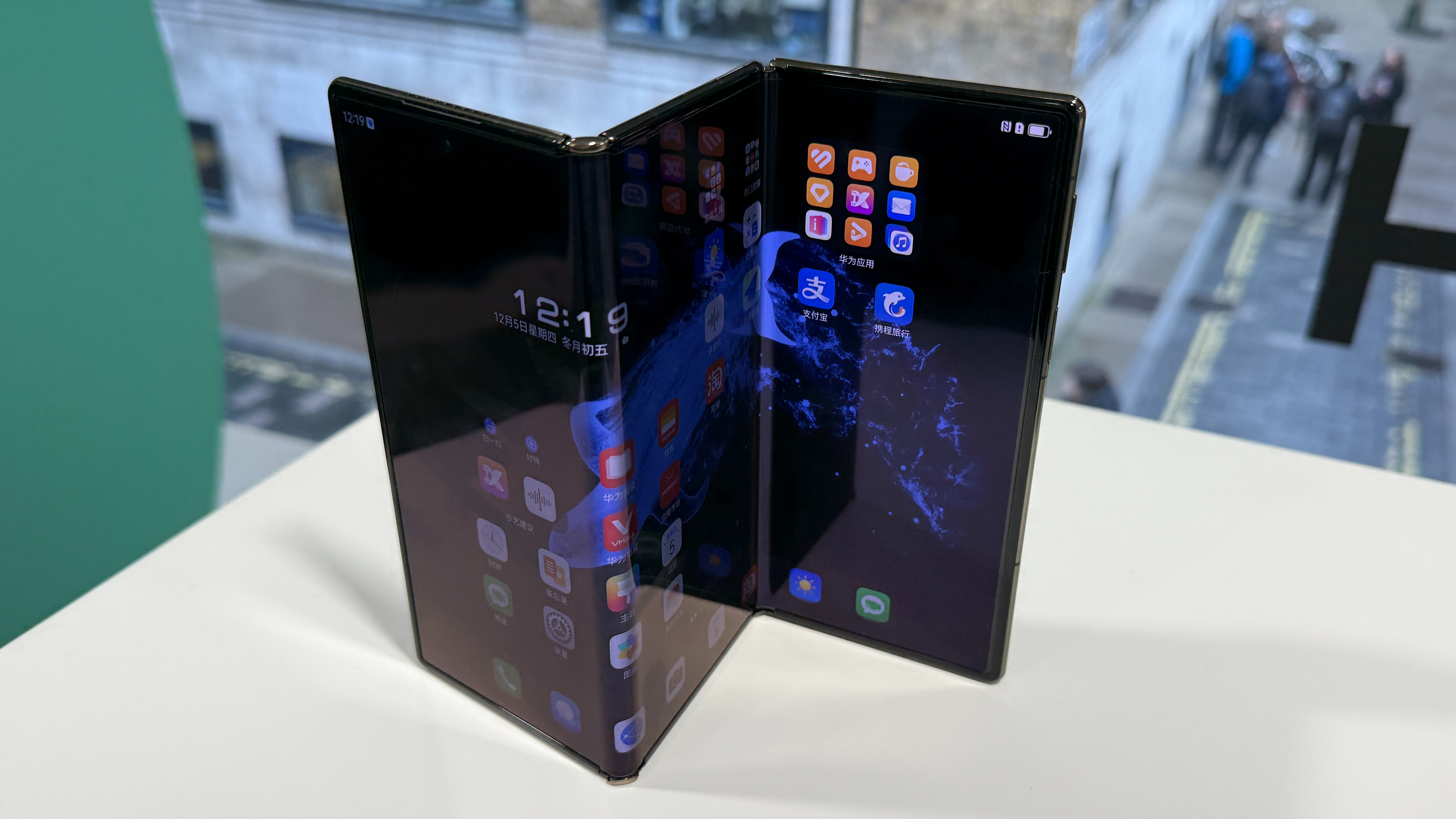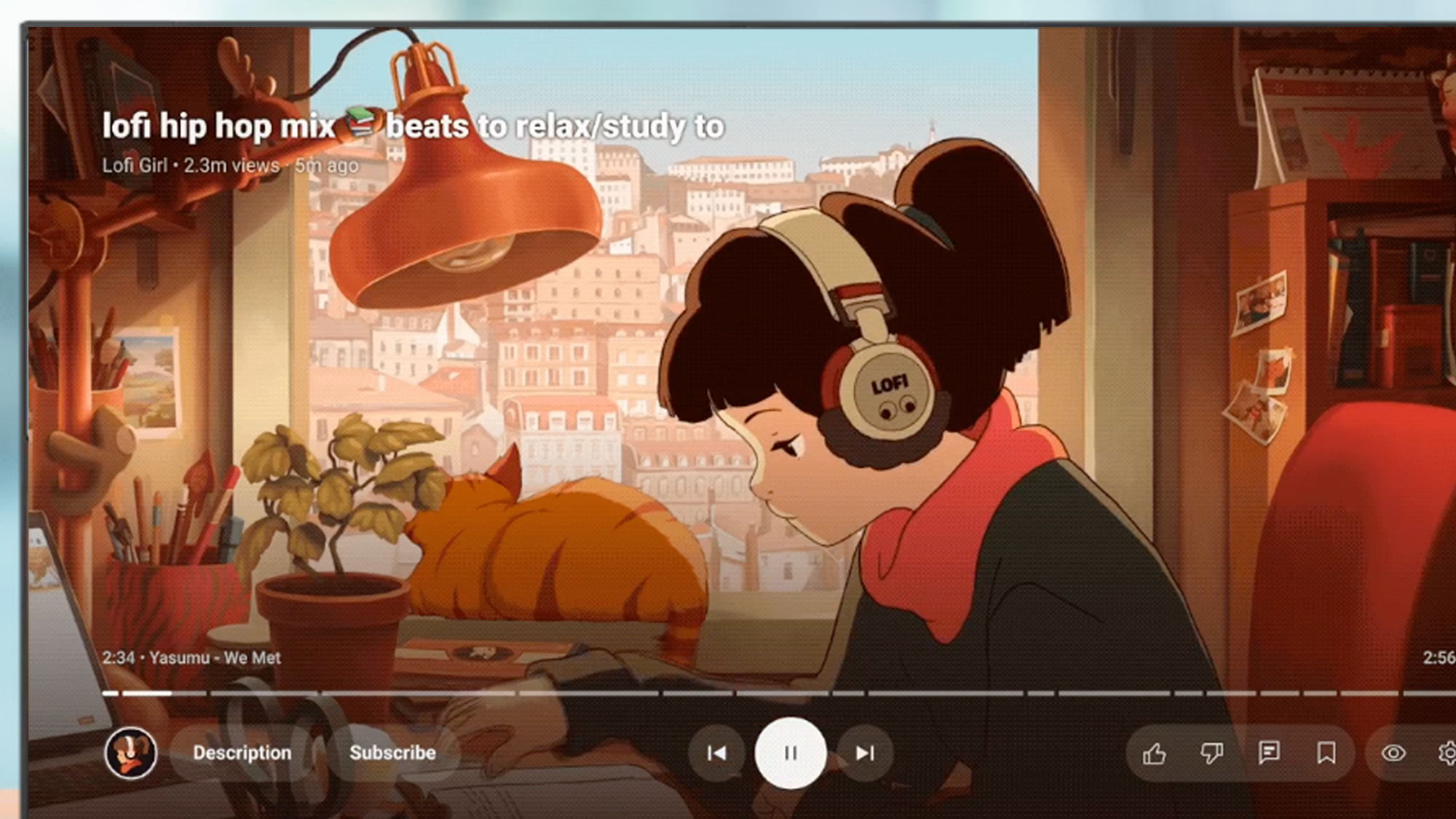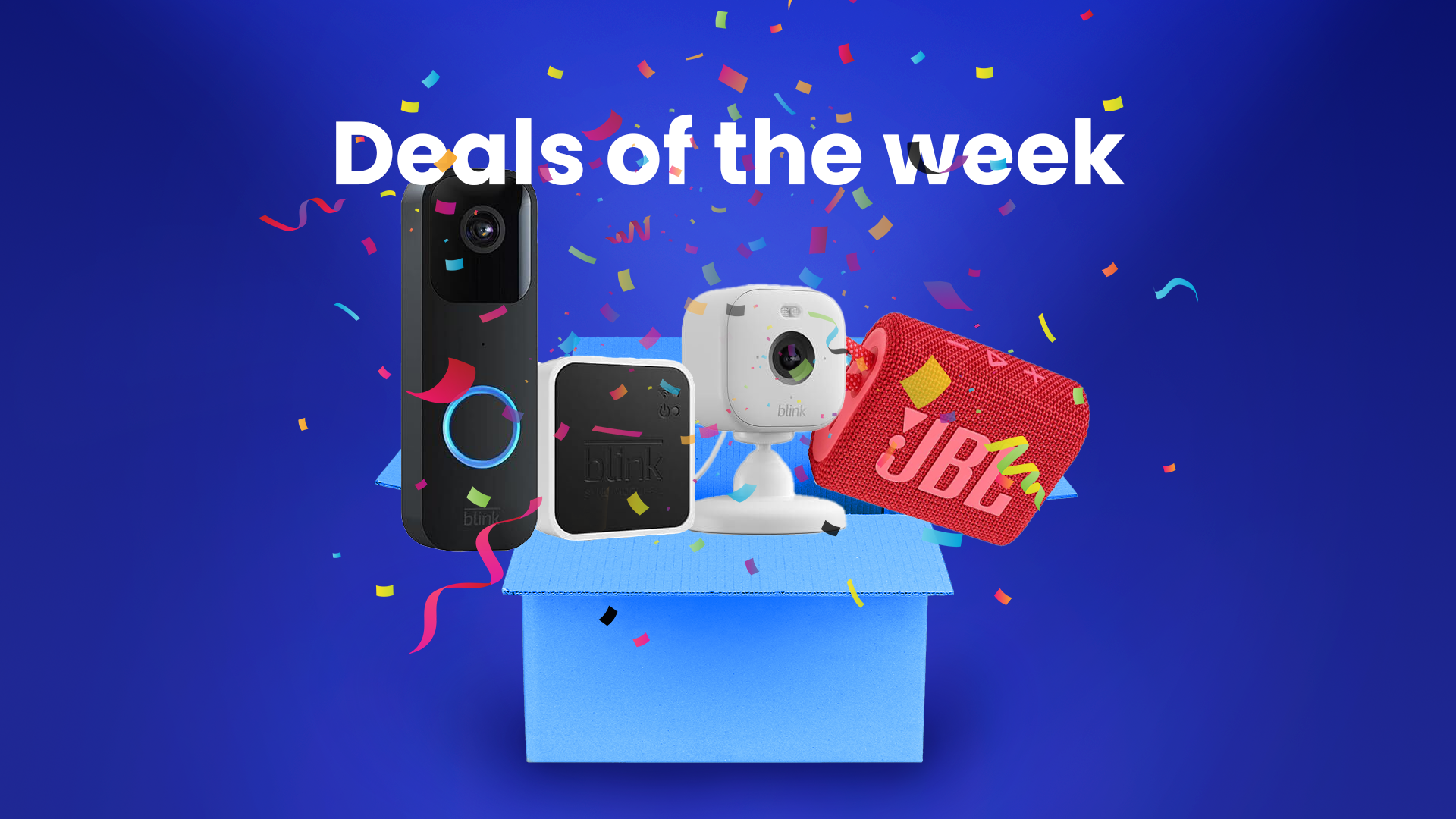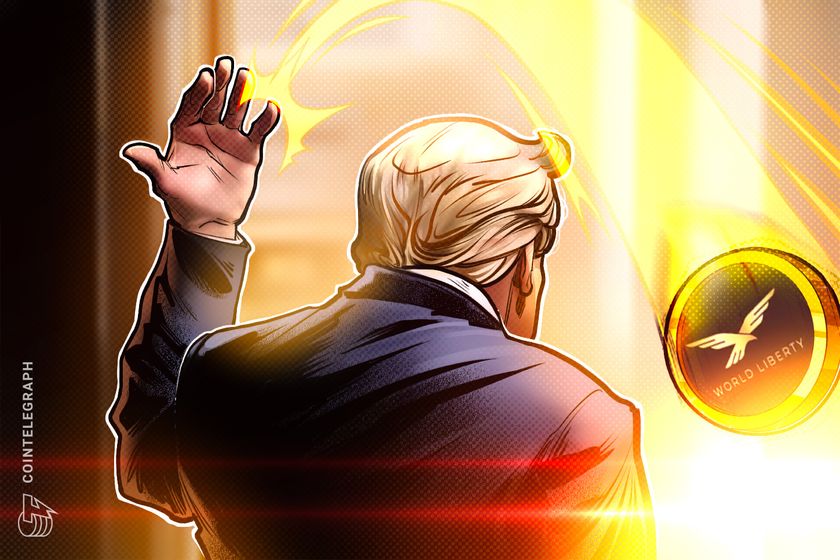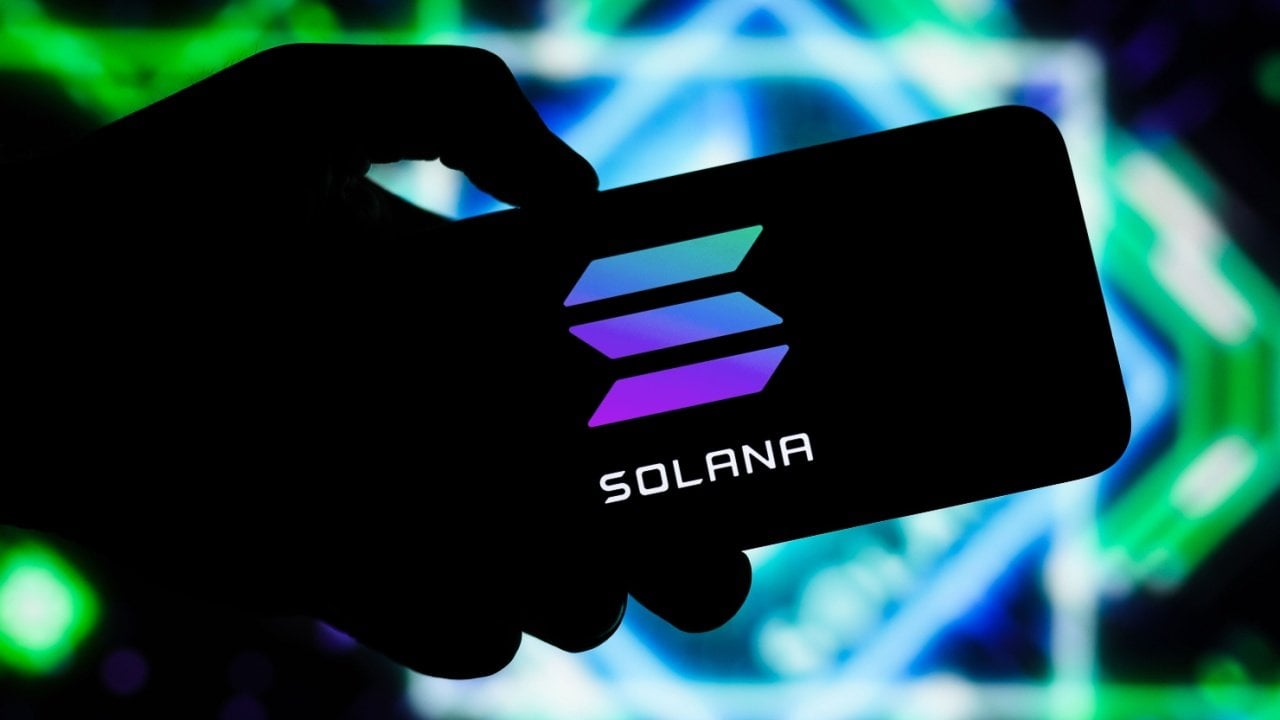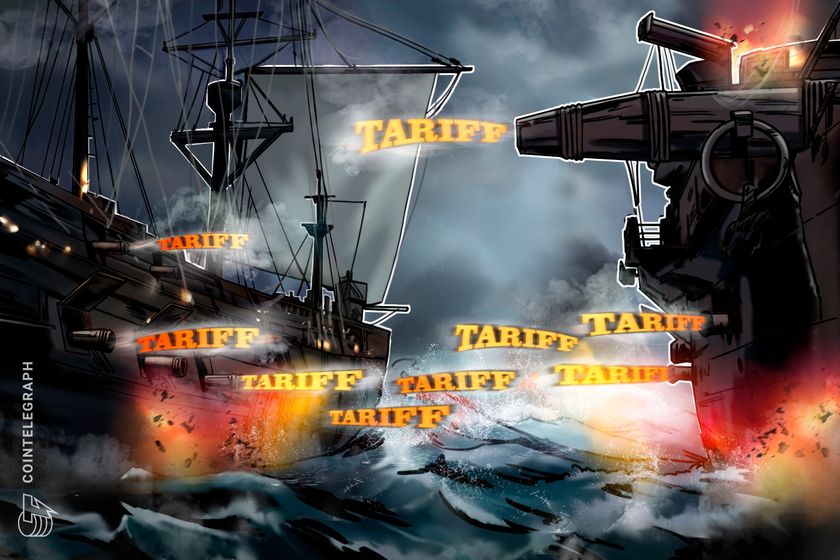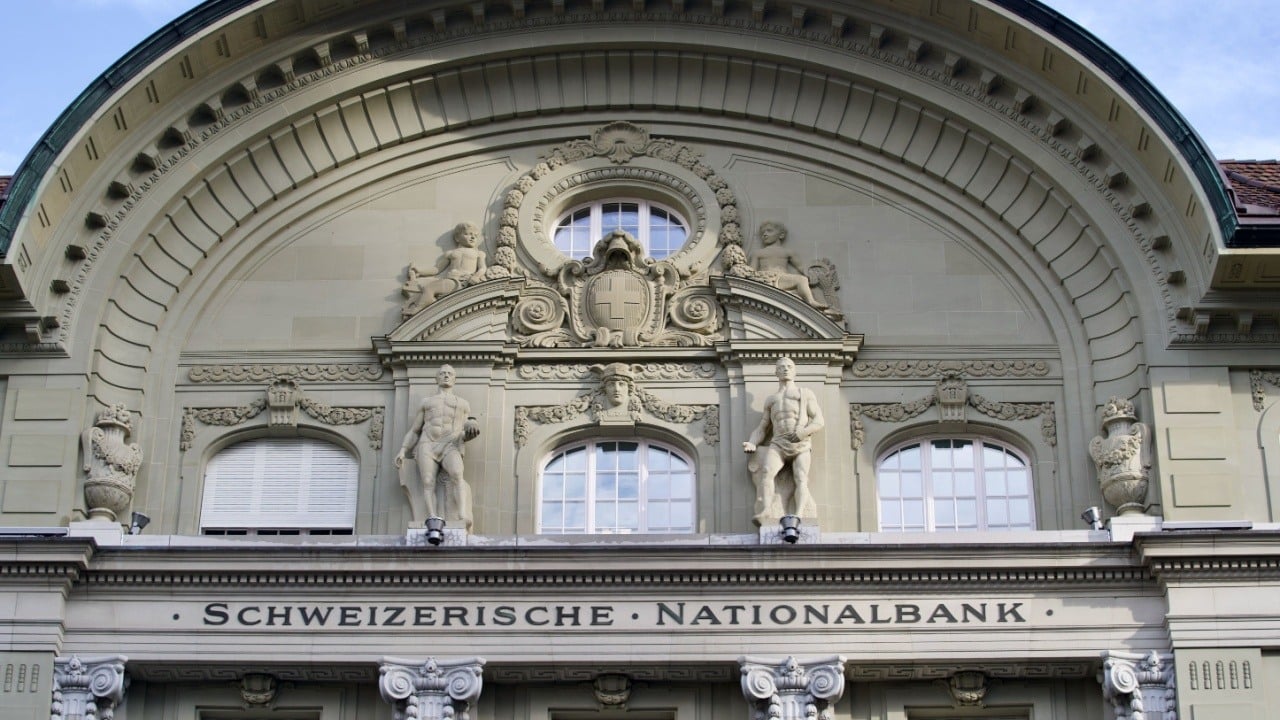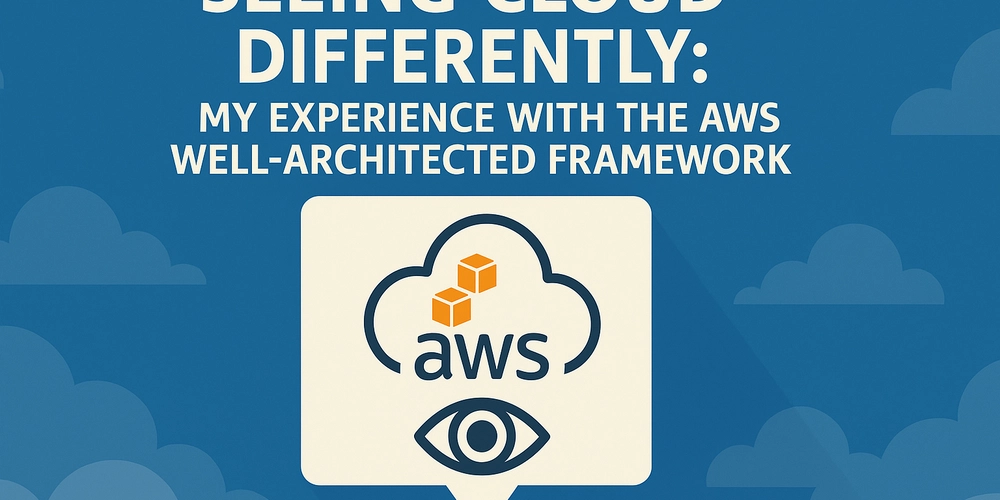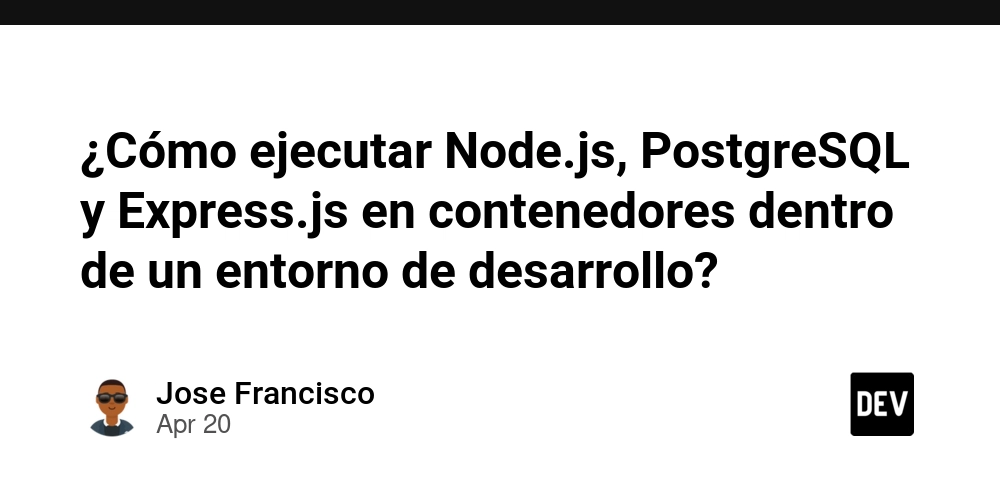Gods Unchained on Arbitrum & Funding for Blockchain Gaming – A Comprehensive Exploration
Abstract: This post examines the revolutionary integration of blockchain gaming with advanced Layer-2 solutions like Arbitrum, highlighting Gods Unchained’s journey towards decentralized asset ownership and scalable gameplay. We explore fundamental concepts such as NFTs, smart contracts, and innovative funding models in blockchain gaming. In addition, we discuss real-world use cases, challenges including scalability and security, and future trends shaping the industry. With technical insights and practical examples, this detailed blog post provides a clear picture of how blockchain, decentralized funding, and open-source innovation converge to empower players and developers alike. Introduction Blockchain gaming is undergoing a paradigm shift. Projects like Gods Unchained are not only redefining how in-game assets are owned—thanks to NFTs (Non-Fungible Tokens)—but are also embracing innovative funding models that leverage decentralized finance (DeFi) and community sponsorships. In this post, we take an in-depth look at how solutions such as Arbitrum are tackling Ethereum’s scalability issues, enabling faster and cheaper transactions. We also dive into how funding models—from venture capital to ICOs and community-driven models—are fostering a more sustainable digital asset economy. By combining technical expertise with accessible explanations, we hope to demonstrate how blockchain gaming has matured into a robust ecosystem where player empowerment, decentralized asset ownership, and open-source development meet economic innovation. Background and Context Over the past decade, blockchain technology has transformed industries ranging from finance to digital media. The gaming industry, in particular, has benefited from the introduction of blockchain-enabled features such as true digital ownership and secure asset transfers. Early blockchain projects laid the groundwork by introducing concepts like decentralized ledgers, cryptographic security, and token economies. Gods Unchained is a prime example of this evolution. Developed by Immutable, this collectible card game leverages NFTs to offer genuine ownership of cards and assets. However, as blockchain gaming gained popularity, it encountered major challenges on the Ethereum network—most notably scalability and high transaction fees. These issues made everyday transactions cumbersome for players. To overcome these hurdles, Layer-2 scaling solutions like Arbitrum have emerged. Arbitrum uses rollup technology to combine numerous transactions off-chain and then reconcile them on the Ethereum mainnet. This innovation dramatically reduces gas fees and speeds up processing times, making it ideal for gaming environments where microtransactions and fast asset trading are critical. In tandem with these technical innovations, the funding landscape for blockchain gaming has experienced dramatic change. Traditional venture capital now shares the stage with ICOs, token sales, and even crowdfunding channels. Successful projects like Axie Infinity and Decentraland have proven that decentralized funding can channel significant capital into next-generation interactive entertainment. The following table illustrates key growth factors in blockchain gaming: Factor Impact Example Project Scalability Solutions Lower transaction fees and faster processing Arbitrum NFT Integration True digital asset ownership Gods Unchained Decentralized Funding Diverse capital inflows from community and VC Axie Infinity, Decentraland Open-Source Development Increased collaboration and innovation Immutable, various blockchain projects This background provides the context in which our modern gaming ecosystem evolves. The integration of blockchain technology with gaming has paved the way for decentralized economies where transparency and community input drive both technical and financial innovation. Core Concepts and Features In this section, we detail the foundational elements that make up the blockchain gaming ecosystem. We focus on the pivotal roles of Arbitrum, NFTs, decentralized funding, and open-source philosophies. Arbitrum and Enhanced Scalability Arbitrum is a Layer-2 solution developed to alleviate Ethereum’s congestion issues. Some of the key features include: Lower Gas Fees: By batching transactions off-chain, Arbitrum minimizes the cost per transaction. Faster Transactions: Rapid confirmation times mean gamers experience near real-time trading. Improved Security: Although transactions occur off-chain, they are periodically settled on the secure Ethereum mainnet. For games that involve microtransactions like Gods Unchained, these features ensure that asset trades are smooth and efficient. As discussed in this detailed article on Arbitrum and gaming, the reduced cost of transactions encourages higher liquidity and player engagement. The Role of NFTs in Gaming NFTs (Non-Fungible Tokens) have redefi

Abstract:
This post examines the revolutionary integration of blockchain gaming with advanced Layer-2 solutions like Arbitrum, highlighting Gods Unchained’s journey towards decentralized asset ownership and scalable gameplay. We explore fundamental concepts such as NFTs, smart contracts, and innovative funding models in blockchain gaming. In addition, we discuss real-world use cases, challenges including scalability and security, and future trends shaping the industry. With technical insights and practical examples, this detailed blog post provides a clear picture of how blockchain, decentralized funding, and open-source innovation converge to empower players and developers alike.
Introduction
Blockchain gaming is undergoing a paradigm shift. Projects like Gods Unchained are not only redefining how in-game assets are owned—thanks to NFTs (Non-Fungible Tokens)—but are also embracing innovative funding models that leverage decentralized finance (DeFi) and community sponsorships. In this post, we take an in-depth look at how solutions such as Arbitrum are tackling Ethereum’s scalability issues, enabling faster and cheaper transactions. We also dive into how funding models—from venture capital to ICOs and community-driven models—are fostering a more sustainable digital asset economy.
By combining technical expertise with accessible explanations, we hope to demonstrate how blockchain gaming has matured into a robust ecosystem where player empowerment, decentralized asset ownership, and open-source development meet economic innovation.
Background and Context
Over the past decade, blockchain technology has transformed industries ranging from finance to digital media. The gaming industry, in particular, has benefited from the introduction of blockchain-enabled features such as true digital ownership and secure asset transfers. Early blockchain projects laid the groundwork by introducing concepts like decentralized ledgers, cryptographic security, and token economies.
Gods Unchained is a prime example of this evolution. Developed by Immutable, this collectible card game leverages NFTs to offer genuine ownership of cards and assets. However, as blockchain gaming gained popularity, it encountered major challenges on the Ethereum network—most notably scalability and high transaction fees. These issues made everyday transactions cumbersome for players.
To overcome these hurdles, Layer-2 scaling solutions like Arbitrum have emerged. Arbitrum uses rollup technology to combine numerous transactions off-chain and then reconcile them on the Ethereum mainnet. This innovation dramatically reduces gas fees and speeds up processing times, making it ideal for gaming environments where microtransactions and fast asset trading are critical.
In tandem with these technical innovations, the funding landscape for blockchain gaming has experienced dramatic change. Traditional venture capital now shares the stage with ICOs, token sales, and even crowdfunding channels. Successful projects like Axie Infinity and Decentraland have proven that decentralized funding can channel significant capital into next-generation interactive entertainment.
The following table illustrates key growth factors in blockchain gaming:
| Factor | Impact | Example Project |
|---|---|---|
| Scalability Solutions | Lower transaction fees and faster processing | Arbitrum |
| NFT Integration | True digital asset ownership | Gods Unchained |
| Decentralized Funding | Diverse capital inflows from community and VC | Axie Infinity, Decentraland |
| Open-Source Development | Increased collaboration and innovation | Immutable, various blockchain projects |
This background provides the context in which our modern gaming ecosystem evolves. The integration of blockchain technology with gaming has paved the way for decentralized economies where transparency and community input drive both technical and financial innovation.
Core Concepts and Features
In this section, we detail the foundational elements that make up the blockchain gaming ecosystem. We focus on the pivotal roles of Arbitrum, NFTs, decentralized funding, and open-source philosophies.
Arbitrum and Enhanced Scalability
Arbitrum is a Layer-2 solution developed to alleviate Ethereum’s congestion issues. Some of the key features include:
- Lower Gas Fees: By batching transactions off-chain, Arbitrum minimizes the cost per transaction.
- Faster Transactions: Rapid confirmation times mean gamers experience near real-time trading.
- Improved Security: Although transactions occur off-chain, they are periodically settled on the secure Ethereum mainnet.
For games that involve microtransactions like Gods Unchained, these features ensure that asset trades are smooth and efficient. As discussed in this detailed article on Arbitrum and gaming, the reduced cost of transactions encourages higher liquidity and player engagement.
The Role of NFTs in Gaming
NFTs (Non-Fungible Tokens) have redefined digital asset ownership by making each token unique and verifiable on the blockchain. Their key attributes include:
- Uniqueness and Scarcity: Each NFT is a one-of-a-kind digital asset.
- Interoperability: NFTs can often be transferred across different gaming platforms.
- True Ownership: Players truly own their in-game assets, allowing for trade or resale independent of the game.
Games such as Gods Unchained utilize NFTs to ensure that digital cards carry real-world value. This capability not only enhances the gaming experience but also incentivizes players to invest time and resources into the game.
Innovative Funding Models in Blockchain Gaming
The financial ecosystem supporting blockchain gaming relies on multiple funding streams, including:
- Venture Capital and Institutional Funding: Well-known firms are increasingly investing in blockchain-based gaming projects.
- Initial Coin Offerings (ICOs) and Token Sales: These methods provide rapid capital influx to early-stage projects.
- Crowdfunding and Community Support: Platforms enable a wide base of enthusiasts to contribute directly to the growth of projects.
A bullet list summarizing these economic incentives:
- Asset Tokenization: Fractional ownership enhances liquidity.
- Play-to-Earn Models: Reward players for in-game achievements.
- Interoperable Economies: Seamless integration across various platforms increases asset utility.
Open-Source Methodologies and Smart Contracts
Open-source development is intrinsic to the blockchain gaming environment. It drives:
- Transparency and Trust: Community-vetted code and public audits lower the risk of vulnerabilities.
- Collaboration: Developers worldwide contribute to projects, increasing innovation.
- Smart Contracts: Automation of game transactions ensures security and efficiency.
The combination of smart contracts and open-source methodologies creates an ecosystem where both technical and financial transparency are prioritized. For an in-depth look at modern open-source licensing, check out the Copyleft Licenses Ultimate Guide.
Applications and Use Cases
Blockchain gaming is more than theory; it is already changing how games are built and played. Here are some practical applications:
Seamless In-Game Transactions and Asset Trading
By leveraging Arbitrum, platforms like Gods Unchained have transformed asset trading:
- Frictionless Trading: Players experience virtually zero delays when exchanging digital cards.
- Cost Efficiency: Low gas fees translate directly into economic efficiency.
- Enhanced Liquidity: Faster and cheaper trades promote more dynamic in-game economies.
In platforms such as IMX Marketplace, these improvements facilitate real-time asset trading, which is critical for maintaining a robust and active gaming community.
Community-Driven Funding for Game Development
Decentralized funding models have opened up new avenues for indie game developers. For example:
- Crowdfunding Platforms: Early supporters receive exclusive NFTs or early access.
- ICO and Token Sale Models: These approaches have powered projects like Axie Infinity, as detailed in this comprehensive guide on blockchain funding.
- Collaborative Open-Source Projects: Developers receive community grants and rewards, paving the way for continuous improvements.
These models empower developers and create a sense of shared ownership. This community-centric approach drives not just financial support but also participatory governance and developmental input.
Enhanced Player Experience and Marketplace Integration
The true power of blockchain gaming lies in its ability to offer a seamless and immersive experience:
- True Digital Ownership: Players own an NFT that represents their in-game investments.
- Interoperability Across Platforms: Assets can be used across multiple gaming ecosystems, thus enhancing their utility.
- Low-Cost Microtransactions: Enabled by Arbitrum, these transactions allow for fast-paced, user-friendly gameplay.
Real-world examples incorporating these features include platforms like Decentraland, where users create and trade digital assets to build immersive game environments.
Challenges and Limitations
No technology is without its challenges. The blockchain gaming space currently faces several hurdles that need addressing:
Technical Challenges
- Scalability Issues: Despite Arbitrum’s efficiency, peak transaction volumes can still cause delays. More robust Layer-2 solutions and potential Layer-3 innovations are necessary to mitigate these issues.
- Smart Contract Vulnerabilities: Even with rigorous audits, smart contracts may have undiscovered bugs. This risk makes continuous security audits and real-time monitoring essential.
- Interoperability Hurdles: While NFT standards are emerging, transferring assets seamlessly between different blockchains and games remains a technical challenge.
Adoption and Regulatory Hurdles
- Regulatory Uncertainty: Varying legal frameworks across jurisdictions pose risks for developers and investors alike. Clear policies on digital asset ownership and fundraising are needed.
- User Experience Barriers: Traditional gamers may find blockchain concepts intimidating. Simplifying wallet management and transaction processes is vital for broader adoption.
- Market Volatility: The inherent instability in cryptocurrency markets can adversely affect NFT valuations, affecting player confidence and investment in the ecosystem.
Economic and Funding Limitations
- Fragmented Capital Inflows: Reliance on multiple funding streams can sometimes lead to financial instability.
- Reputation Concerns: Past scams in the NFT space have made some players wary. Establishing robust, trustworthy ecosystems is imperative.
- High Operational Costs: Continuous upgrades and security measures, combined with the complexities of integrating decentralized solutions, can drive up operational expenses.
A bullet list summarizing these challenges:
- Scalability and network congestion issues
- Security vulnerabilities in smart contracts
- Regulatory and legal ambiguities
- User adoption barriers and market fluctuations
Future Outlook and Innovations
Looking ahead, the landscape of blockchain gaming will be shaped by continuous technological innovations and evolving funding models.
Predicted Trends
- Enhanced Layer-2 & Layer-3 Solutions: Future innovations will reduce transaction fees further and increase throughput. New projects are already exploring multi-chain support to bridge various blockchain ecosystems.
- General Adoption of Play-to-Earn Economies: As digital asset ownership becomes mainstream, expect a shift from traditional gaming economics to player-driven revenue models.
- Zero-Knowledge Proof Integrations: This cryptographic innovation will offer enhanced privacy without compromising speed and security.
- Decentralized Governance Models: The rise of DAOs (Decentralized Autonomous Organizations) will empower players to have more say in project development and funding decisions.
Technological Innovations
Future advancements will likely focus on:
- Improved Smart Contract Audits: Real-time and AI-driven auditing solutions to secure decentralized transactions.
- Blockchain Interoperability Protocols: Seamless bridging solutions that allow assets to move freely across multiple blockchains.
- Data Compression Techniques: Enhanced methods to further reduce the cost and time involved in on-chain data processing, making microtransactions even more practical.
Evolving Funding Models
Hybrid funding models that combine venture capital, ICOs, and decentralized finance (DeFi) approaches will become standard. This combination offers:
- Tokenized Revenue Streams: Enabling fractional ownership and shared benefits among community members.
- Increased Transparency: Immutable records via smart contracts make tracking funds and project progress easier.
- Sustainable and Resilient Ecosystems: By diversifying financial streams, projects can weather market volatility more effectively.
For additional perspectives on evolving funding strategies within the blockchain space, consider reading this Dev.to post on innovative funding in blockchain projects.
Summary
Blockchain gaming is on the cusp of a major transformation. The convergence of true digital asset ownership via NFTs, scalable Layer-2 solutions like Arbitrum, and innovative funding streams is reinventing the gaming industry. Projects like Gods Unchained demonstrate how decentralization and open-source principles not only empower players but also create more dynamic and sustainable digital economies.
The synergy between technology and finance is evident—from frictionless in-game asset trading to community-driven project funding, and from enhanced security protocols to decentralized governance. Although challenges such as scalability, regulatory uncertainties, and market volatility still exist, ongoing innovations and collaborative efforts within the community promise to overcome these limitations.
As we move forward, expect to see:
- Continued integration of advanced scalability solutions and blockchain interoperability.
- A broad shift from traditional gaming models to community-empowered, play-to-earn economies.
- More comprehensive decentralized governance frameworks that give players a voice in the development cycle.
- Hybrid funding models that leverage both traditional investment and decentralized channels, further democratizing access to financial resources.
This exciting evolution is well detailed in various resources including Immutable’s official site and Arbitrum’s platform. For more insights on these transformative trends, check out additional posts like Arbitrum Pioneering Open Source in Blockchain.
Final Thoughts
The integration of blockchain gaming with next-generation funding models is laying the groundwork for an ecosystem that values transparency, efficiency, and player empowerment. Innovations in scalability provided by solutions like Arbitrum, combined with the creative potential of NFTs, are turning once-niche ideas into mainstream possibilities.
As developers, gamers, and investors continue to collaborate, the future of blockchain gaming appears bright. Embracing openness in both code and finance not only boosts innovation but also creates a robust, inclusive digital environment. Whether you are an avid gamer excited about true digital ownership or a developer seeking sustainable funding for your project, this emerging ecosystem offers myriad opportunities to be part of a global transformation.
References and Further Reading
For readers interested in delving deeper, here are some useful links:
- Gods Unchained on Arbitrum & Funding for Blockchain Gaming
- Immutable’s Official Website
- Arbitrum Official Site
- Axie Infinity
- Decentraland
- Copyleft Licenses Ultimate Guide
- Arbitrum and Smart Contract Audits
For further perspectives from the developer community, consider these Dev.to posts:
- Angel Investors in Blockchain: Catalysts for Innovation and Growth
- Navigating the Funding Maze for Open Source Developers
- Exploring the Future of Crowdfunding Open Source Projects with Blockchain
By staying informed and involved, all stakeholders can contribute to shaping the future of decentralized gaming—where technology and community fuel a new era of digital empowerment.












































































































































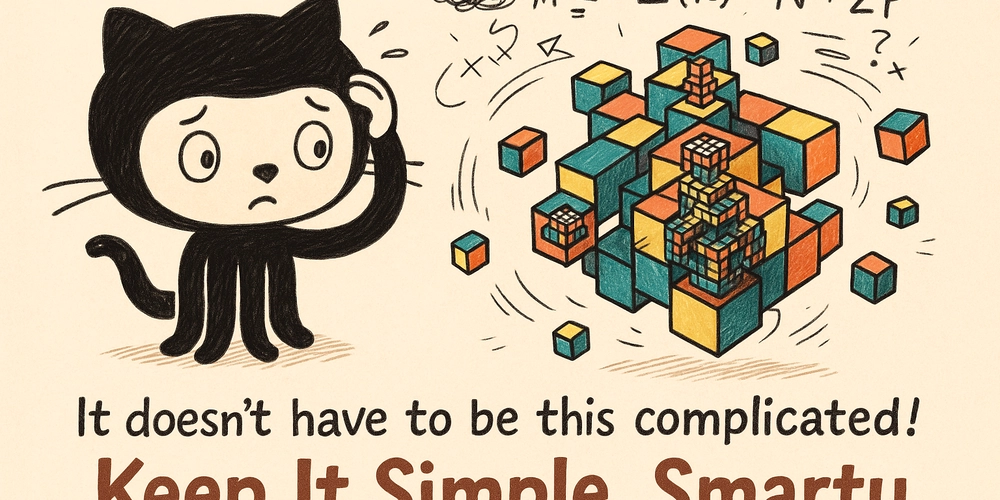






![[FREE EBOOKS] AI and Business Rule Engines for Excel Power Users, Machine Learning Hero & Four More Best Selling Titles](https://www.javacodegeeks.com/wp-content/uploads/2012/12/jcg-logo.jpg)

































.jpg?width=1920&height=1920&fit=bounds&quality=70&format=jpg&auto=webp#)












































































_Olekcii_Mach_Alamy.jpg?width=1280&auto=webp&quality=80&disable=upscale#)













































































































![Apple Drops New Immersive Adventure Episode for Vision Pro: 'Hill Climb' [Video]](https://www.iclarified.com/images/news/97133/97133/97133-640.jpg)

![Most iPhones Sold in the U.S. Will Be Made in India by 2026 [Report]](https://www.iclarified.com/images/news/97130/97130/97130-640.jpg)
![Apple to Shift Robotics Unit From AI Division to Hardware Engineering [Report]](https://www.iclarified.com/images/news/97128/97128/97128-640.jpg)








